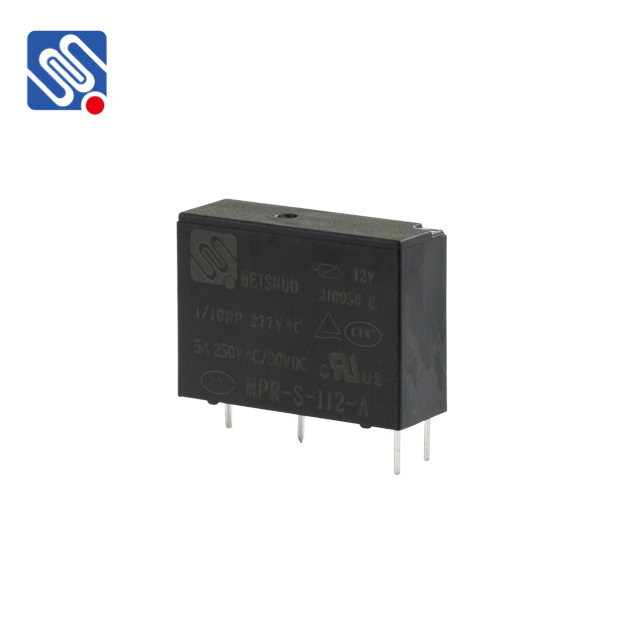understanding relay stability: key insights with meishuo
Release time:2025-05-03 06:29:06
Relay stability is a crucial concept in the field of electrical engineering, particularly in the context of power systems. It is an essential factor for ensuring that protective relays function correctly and do not cause unnecessary outages or system instability. The idea behind relay stability is to guarantee that the relay operates only when necessary, based on system conditions, while remaining stable and unaffected by transients or disturbances. A system that is stable allows for the reliable detection of faults and ensures the safety and integrity of the power grid.

In power systems, relays are used to detect faults and abnormal conditions and to trigger circuit breakers to isolate the faulted portion of the system. However, during certain events, such as temporary disturbances or oscillations, relays might mistakenly detect these as faults and trigger unnecessary operations. This can lead to unwanted system shutdowns or disruptions. Relay stability is, therefore, essential to minimize such errors and ensure the reliability of the entire system.
One important aspect of relay stability is ensuring that the relay does not operate during temporary disturbances or transient conditions that do not signify a true fault. These disturbances could be due to various factors such as lightning strikes, switching actions, or short-lived oscillations in the system. Relays that are not stable during such events may misinterpret them as faults and unnecessarily trip the circuit breaker, which can cause a loss of service to customers and even affect other parts of the grid.


